From that friend’s sincere invitation, we began our journey back to Cu Dut. From there, the story of change unfolded not only through the construction of a bridge across the river but also through the humanity, memories and aspirations of this island hamlet located in the middle of Dong Ho lagoon.
Connecting the happy shore
From the center of Ha Tien ward, take a boat and turn right towards Giang Thanh river for about 10 minutes, we arrived at Cu Dut hamlet. From afar, the newly built iron bridge connecting group 3 and group 8 of V - Dong Ho quarter is sturdy, like a line connecting time from the past to the present.
Our friend led us along the village, pointed to the water sparkling in the early morning sun, and said proudly: “Now going to the market, taking the children to school, transporting goods... are all convenient and save time. The newly built bridge not only connects the road but also connects the long-standing dream of the people!”
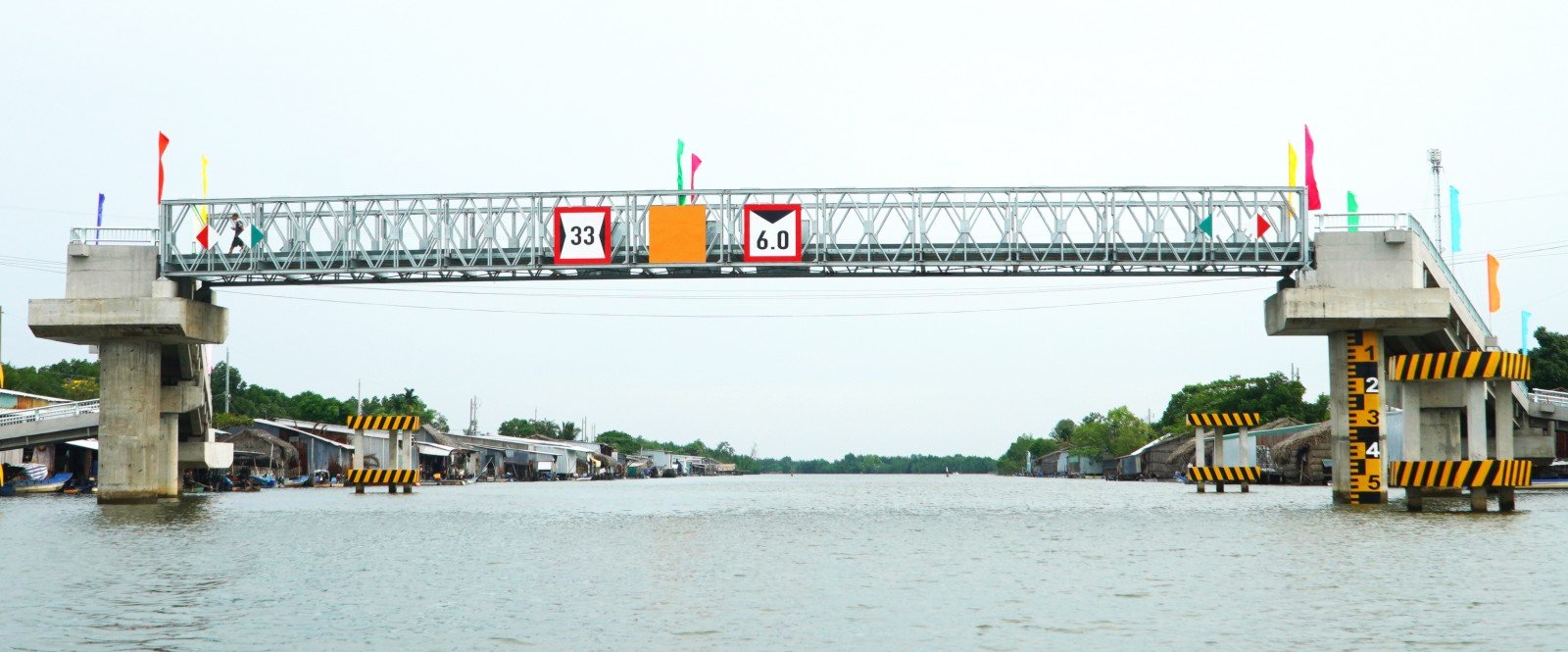
The bridge over Giang Thanh River, connecting Group 3 and Group 8 of Quarter V - Dong Ho, Ha Tien Ward, shortens the distance and travel time for people in Cu Dut Hamlet. Photo: DANH THANH
The bridge over Giang Thanh River is more than 132m long, 4m wide, with a total construction cost of more than 18.5 billion VND, from the State budget. The project will be completed in early 2025, opening up clear changes in the daily life of the people of the quiet island hamlet.
Ms. Mai Thi My Huong, a local resident, said enthusiastically: “Before, we had to go by boat to cross the river. If we missed the boat, we would be late for school and the market. Students went by boat, which was very dangerous during the rainy season! Now that we have the bridge, we are very happy. It is faster to go anywhere and much less difficult than before.”
Not only a traffic construction, the bridge is also a symbol of change, connection and development. Mr. Mai Thanh Thoi, resident of Ward V - Dong Ho excitedly shared: "The completion of the bridge helps facilitate the transportation of goods and trade. People on both sides of the river are now more connected than before."
Keeping the soul of the countryside in the pace of development
Located in the heart of Dong Ho lagoon, Cu Dut hamlet has a pristine beauty that few places have. The mangrove forest system here has more than 25 species of trees, forming a green belt surrounding the lagoon, preventing floods, protecting the sea dyke and being a habitat for many rare aquatic species. From afar, the immense green coconut trees stretch out in the wind, and the roofs of houses reflect their shadows, creating a rustic picture imbued with the character of the West.
Going deeper inside, Cu Dut appears both familiar and strange. The green coconut trees still reflect on the lagoon, but now there are also flat concrete roads and many newly built, spacious houses. We visited the house of Mr. Tran Van Lap, one of the first people to settle in Cu Dut.
Still remembering clearly the early days of starting a business, Mr. Lap slowly said: “In 1987, when I first came here to start a business, it was very sad! This hamlet had less than 200 houses. Every day there was only one boat going to the market and returning in the afternoon. During the flood season, traveling was even more difficult. Now it is completely different. There is electricity, roads, schools, stations, medical facilities , and even a new bridge. We were so happy that we couldn’t tell.”
When trade is more favorable, more tourists come to Cu Dut, bringing new development opportunities for the community tourism model that the locality is building. We were led to one of the households that still maintain the traditional leaf weaving profession. Although it does not bring in high income, this profession is still preserved by about 10 households, considered a part of the homeland's memory.
The local government and local people are bringing leaf weaving into the community tourism model associated with Dong Ho lagoon ecotourism so that tourists can visit and experience the traditional craft, contributing to preserving the identity of the lagoon area.
Ms. Le Thi Xuyen, the second generation in her family to weave leaves, skillfully weaving each coconut leaf, said: “Wrapping leaves does not make me rich but it helps me live a stable life, the main thing is to preserve the profession my ancestors left behind. Now that tourists come, they like to watch me work, ask questions, and take pictures. I am also happy, weaving leaves and telling stories about my hometown. I hope this profession will not be lost.”
Mr. Tran Minh Thanh - Secretary of the Party Cell of Ward V - Dong Ho said that the whole ward has about 517 households, about 1,717 people. People live mainly by fishing, shrimp farming and leaf weaving. In recent years, the appearance of Cu Dut hamlet has changed a lot. The roads are concreted, the electric lights are bright at night.
“Not only has the economy developed, but the spiritual life of Cu Dut residents has also improved. Schools and medical stations have been invested in. People work together to keep the environment clean, plant flowers, and build a cultural, safe, and friendly neighborhood,” said Mr. Thanh.
Amidst the general development, Cu Dut still maintains its simple living space and unique identity. Dong Ho Lagoon still stretches as vast as ever, the mangrove forest still persistently grows, both preserving the land and preserving the soul of the countryside.
As the afternoon fell, we returned across the iron bridge across the Giang Thanh River. No longer the quiet little hamlet in the middle of the old lagoon, Cu Dut today is wearing a new, more modern coat but still retains its original love and simple beauty. That journey of change was written by the efforts, perseverance and love for the homeland of the simple people in the countryside that is striving to flourish.
| The name Cu Dut originated from the event of “broken piles” - wooden stakes fixed on both sides of the river when dredging the Vam Han area in the past. After 1998, when travel conditions were more favorable, more and more people came to live in Cu Dut, forming a close-knit community like today. |
TU LY - FAMOUS THANH
Source: https://baoangiang.com.vn/cu-dut-khoi-sac-a464803.html










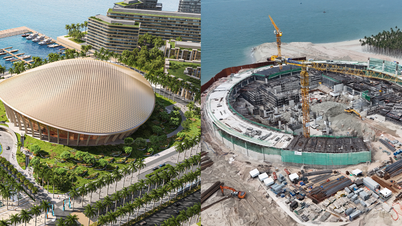

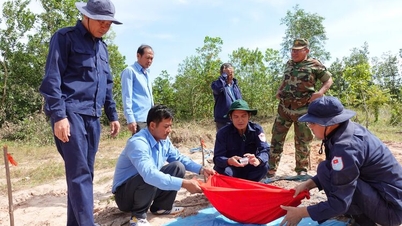
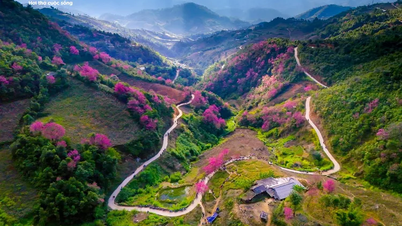
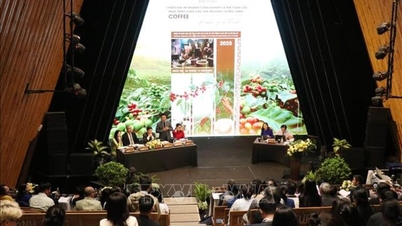






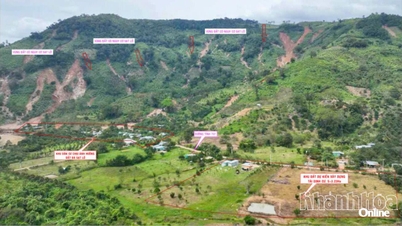







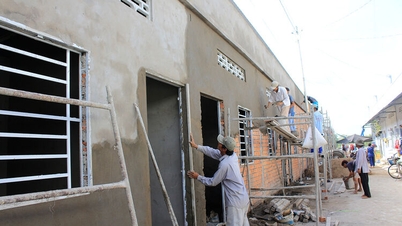
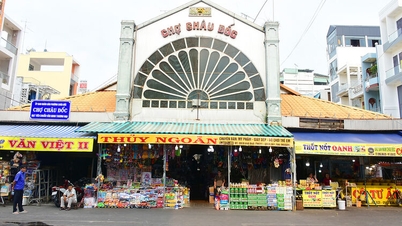

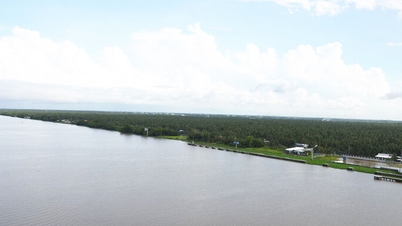




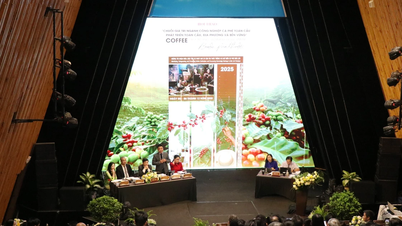

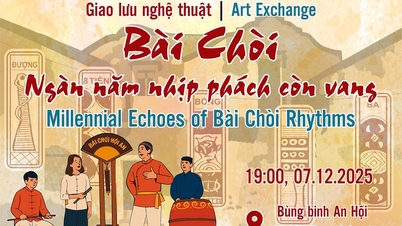

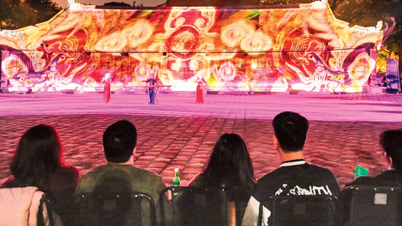

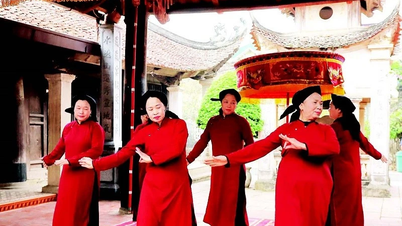
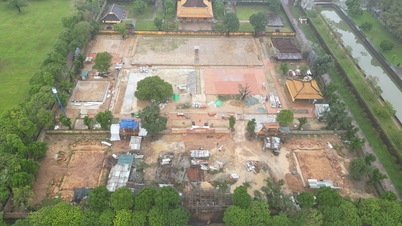


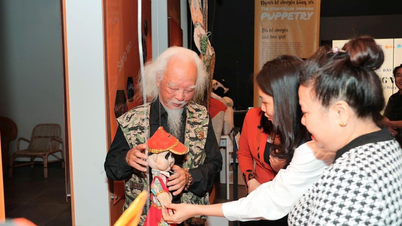

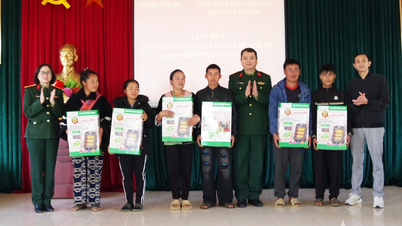

















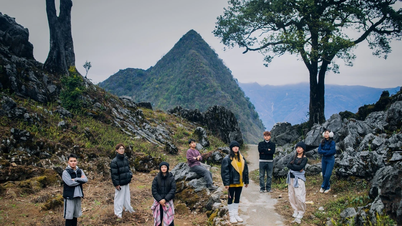




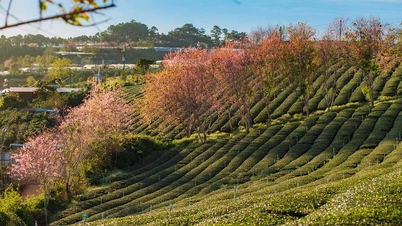

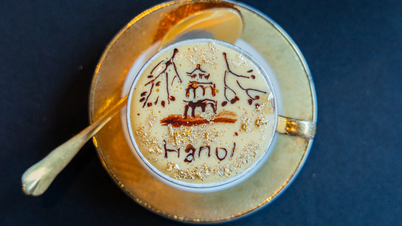







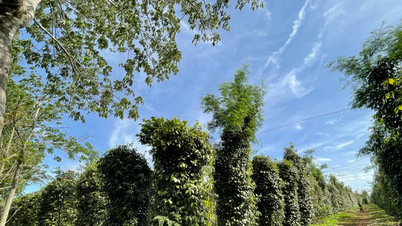


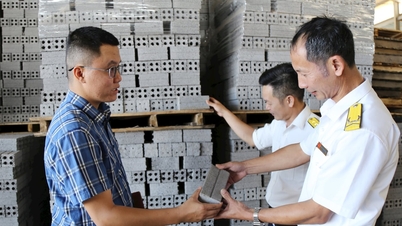














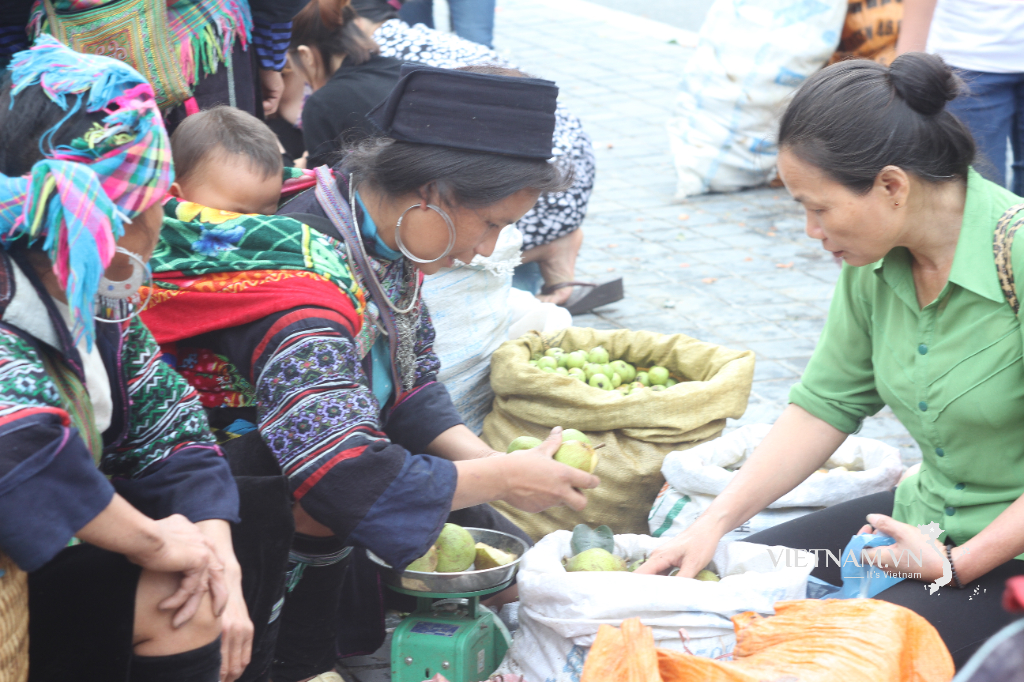





Comment (0)